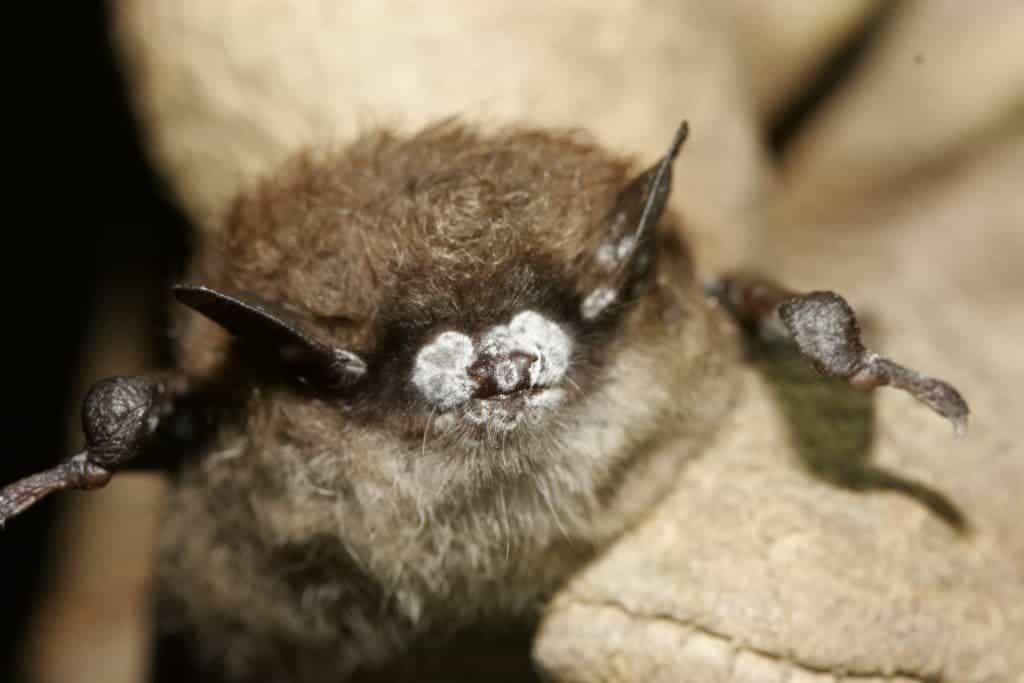Corn farmers around the world owe bats at least $1 billion, seeing how they ward off pests like insects. The findings were made by a group at Southern Illinois University who devised an experimental exclosure in order to estimate bats’ contribution to pest control.

The researchers built a series of exclosures measuring 20 by 20 meters and seven meters high. The netting was enough to keep bats outside, but loose enough to allow insects to wander about freely. Additionally, the netting was slid to one end during the day to allow birds to forage in the area. This way, they reached an estimate of how much control bats exert on insects, their favorite food. Extrapolating these figures on a global level, the team found “the suppression of herbivory by insectivorous bats is worth more than US$1bn globally on this crop (corn) alone.” A different study published in 2011, warned that the loss of bat species in North America could lead to agricultural losses in the region of US$3.7bn.
These sort of numbers are very difficult to gauge, so the estimates should be taken with a grain of salt. In this particular case, they may be way off, as in too conservative. Bats, like bees, are pollinators so their value and contribution to the ecosystem is far reaching. It’s not just corn we’re talking about. Entire species may depend on bats.
Unfortunately, bat populations have steeply declined since 2006 at the hand of White Nose Syndrome – a bat-killing disease more virulent than any other disease in the known history of mammals. The disease is caused by a fungus called Geomyces destructans which makes bats’ noses turn white when they hibernate and is easily transmissible from individual to individual. Within a year, the disease had spread from its epicenter of upstate New York to as far as Texas. Numerous caves and bat populations have been quarantined, but the disease could spread to other parts of North American and eventually the whole world. In the eastern United States, at least, bats could be come extinct in only 20 years considering current mortality rates.

That’s, of course, if we don’t do anything about it. Hope might lie in a new treatment developed in Missouri by Forest Service scientists. The treatment is based on a bacteria, Rhodococcus rhodochrous, which lives practically everywhere and is pretty much harmless. After they grew the bacteria on cobalt, the researchers collected volatile organic compounds generated by the bacteria which they found could annihilate the white nose-causing fungus. “Many of the bats in those trials experienced increased health and survival,” the researchers said for Discovery News.
[MORE] Check out the first man-made bat cave
Bats could use help from everyday people, as well. Unfortunately bats are wrongfully stigmatized as rabies-carrying flying rodents or pests, when in fact these mammals are vital to the ecosystem. By raising awareness surrounding this very delicate issue, local authorities might step up their game to address the challenge.


